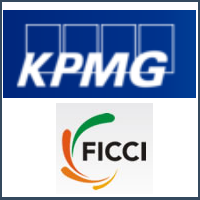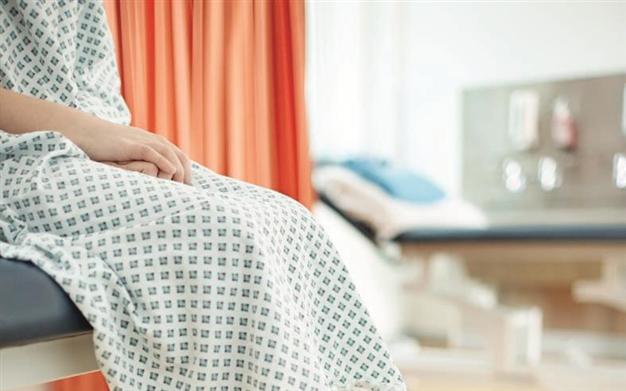Patients mostly come for heart surgery, knee transplant, cosmetic surgery and dental care.
The medical tourism market in India is projected to hit $3.9 billion mark this year having grown at a compounded annual growth rate of 27 per cent over the last three years, according to a joint report by consultancy firm KPMG and industry body FICCI.
The report says inflow of medical tourists is expected to cross 320 million by 2015 compared with 85 million in 2012.
The medical tourism industry in India gets maximum patients for heart surgery, knee transplant, cosmetic surgery and dental care as the cost of treatment in India is considered to be the lowest in Asia, much lower than Thailand, Indonesia, Singapore and Hong Kong, the report stated.
A key competitive advantage India has in medical tourism is the cost effectiveness it has to offer to its patients.
“A person coming to India for his/her medical treatment can have savings anywhere in the range of 30 to 70 per cent. Even if we consider the ticket expenses and accommodation expenses along with the treatment cost, the overall expenditure would be lower than the treatment cost in the UK or the US or many other countries,” the report stated.
The report, however, points out that India has a fragmented approach where individual hospitals have been promoting themselves as the hospital destinations. The medical-value-travel stakeholders in India need to consolidate their efforts and strategise on how to leverage the available opportunities, it said.
Besides the western markets, the SAARC countries have been an important source of medical tourists for India.
Amit Mookim, partner and head of healthcare practices, KPMG India, said, “The medical tourism landscape in Asia is continually evolving as price no longer remains the only important consideration; focus has now shifted to diversity in offerings, niche offerings and even customised luxury.”
He noted that India does face stiff competition in the segment from countries like Thailand, Malaysia and Singapore. One disadvantage faced by Indian medical tourism industry is the lack of special visa rules for patients but it counters this with alternative therapy offerings like yoga, meditation, ayurveda, and other traditional methods of treatment that attract tourists from European nations and the Middle East to India.
The report says that the country needs to work on increasing efficiency at the immigration to make the travelling experience hassle free for patients and also better infrastructure in terms of highways and roads would add to the overall satisfaction of medical tourists. Affordable hotels, availability of language interpreters are a few areas which also need to be given significant consideration to increase medical tourism in India.
(Edited by Joby Puthuparampil Johnson)
source: http://www.vccircle.com / VCCircle / Home> Others /b y Jasleen Kaur Batra / Monday – September 01st, 2014



